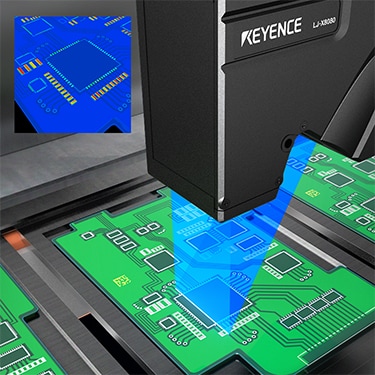Thickness / Width

When selecting sensors to measure thickness or width, the first step is to choose a method. The target's material, colour, and location will all play factors in which option is the best fit for your application. You can browse through the most common setups below, or request a free consultation with a local measurement expert.
A sensor is placed above and below a target to measure the thickness of anything in-between. This non-contact method can be used for measuring the thickness of any material and can be used in process or for offline inspection.
Confocal Displacement Sensor
CL-3000 series

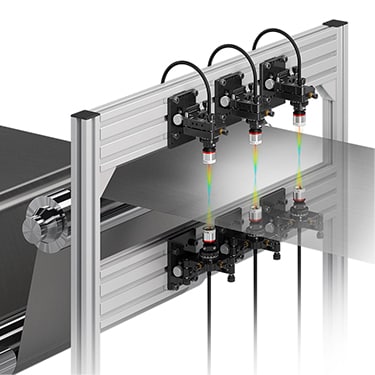
Opposing 2D profilers can scan multiple points of thickness over a part. This allows stable thickness measurement even on rough surfaces.
High-speed 2D/3D Laser Profiler
LJ-V7000 series

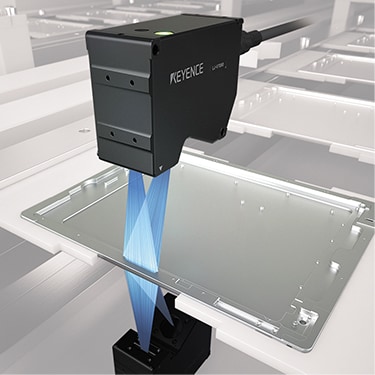
2D thrubeam sensors can measure the step height between a roller and a sheet to get a thickness measurement. Additionally, A second sensor can be added to get a width measurement.
High-speed 2D Optical Micrometer
TM-3000 series

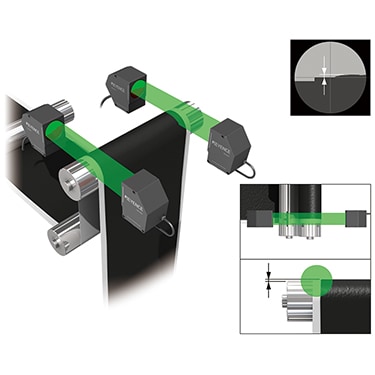
Measure transparent films and coatings with a single displacement sensor. Confocal sensors give an accurate thickness measurement from one side of transparent targets.
Confocal Displacement Sensor
CL-3000 series

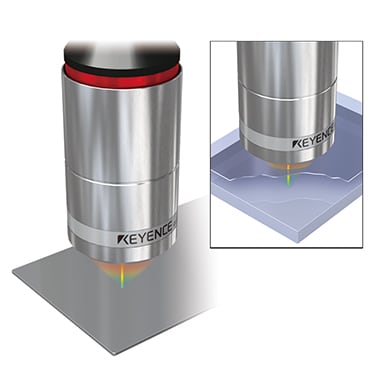
2D Profilers give width, height, and volume of sealant beads inline without touching a part.
High-speed 2D/3D Laser Profiler
LJ-V7000 series

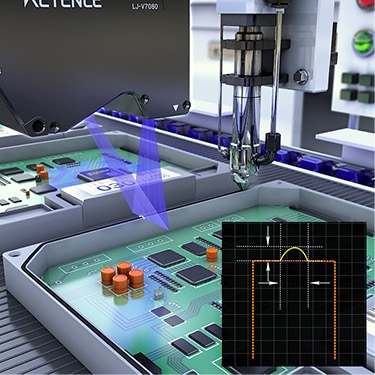
Conventionally, a vision sensor was used for OK/NG judgement based on the area. Since the LJ-V7000 Series can measure the volume and position of paste application, it can reduce material costs and support higher component densities.
High-speed 2D/3D Laser Profiler
LJ-V7000 series

